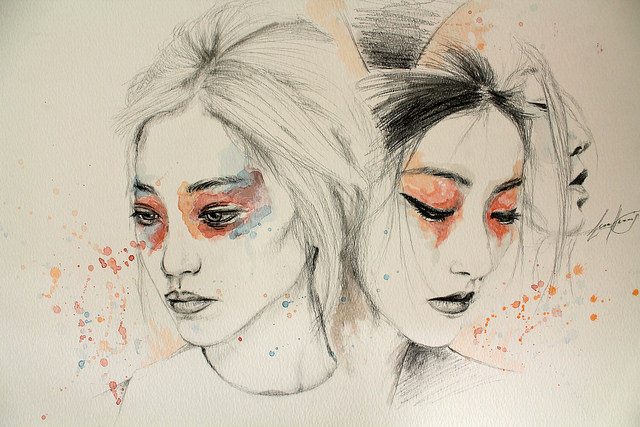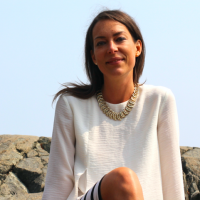
If there is something that we each desire—a secret we keep inside our hearts, covet there, and hold—I would suspect it is that we are all afraid of feeling alone.
A sense of disconnection might be what every human has been trying to run from since the time they could balance on their own two legs. We also have tried to hide this fact from each other.
We have pretended that we don’t need it—or, perhaps, even want it—and yet, when we lack intimacy with each other, we seek it like a hungry animal in so many other things.
That’s what our culture has been designed to shield from us—that consumption, consumerism, and our obsession with being busy has actually taken the place of true connection—and because of this, so many of us feel isolated.
The spark of intimacy has become lost as we have unlearned how to be with one another. This isn’t because we do not want to; it is because we actually no longer know how.
Dr. Gabor Mate, a famous psychologist—who specializes in addictions and the reasons for them—lectures about what he believes is at the root of addicts: a feeling of disconnection. Perhaps, it is this disconnection that is the root of our lack of ability to feel love and passion with each other too?
When we cannot know something within ourselves, we then do not have the ability to translate it into interactions with lovers, family, and friends. Loneliness then becomes our regular state of being, even when we are physically close to someone.
I have often felt that a much worse thing than being alone and feeling lonely is being with someone else but not being able to connect. This is more common then we know.
Of course, in relationships, it is healthy to feel closeness at times—and at other times, know space. It is fantastic when we can regulate between the two, so that we have a healthy balance of connection with another and also connection with self. However, what happens is that through our current societal upbringing, we have been instructed that fulfillment must be found outside of ourselves and then filter back in. This idea is incorrect and causes all sorts of suffering.
In mindfulness practices, we learn to first come back into our own bodies. We retrain ourselves through sitting still with ourselves, and we authentically connect to a fulfilling life.
So, all this running away from loneliness that we do never cures it; rather, it perpetuates it, as we become less secure that we are okay, and that we can find connection here and now.
Still, many ancient spiritual teachers understood something different. They felt that the greatest empowerment and freedom we could reach was through becoming present.
Learning how to be present is what we need to understand before we can feel intimately met by another. This is also what Dr. Gabor Mate teaches can cure our unhealthy and misled addictions. “Being present,” he says, “directly equates to a feeling of connection.”
Presence leads toward rewarding and exciting interactions with each other, and it’s what I teach my clients in order to begin transformational work. A sense of presence means we bring our attention fully to the moment. We realize again that our lives are happening right now, not in the past or in the future. We do this by acknowledging the experience of our senses.
Here’s a short practice to help us know intimacy. Once we can do this on our own, we can do it with whoever we choose.
A practice for intimacy:
Become still, either sitting or standing. Close the eyes, or turn the gaze down. Begin to notice the breath. Inhale more deeply, and exhale for slightly longer then normal. Do this three times, noticing the temperature of the air coming in and moving out of our nostrils.
Now, notice what we hear. Is there a sound of cars passing by on the street? Is there a bird singing in the tree outside our window? Does our fridge make a noise as it regulates temperature and humidity? Let’s observe with our ears.
Feel your body now. Notice back and chest are rising and falling. Feel the bottoms of the feet planted on the floor.
Now, open the eyes to their regular view. See what is in front of us—but really see what it is. What colour? What texture? What shape?
Notice now: do we feel more present? Do we feel connected and less alone? I bet we do!
This practice can shift us out of loneliness and into a greater sense of connectedness and passion. We can even do it around others without them knowing, but with us feeling the pleasurable results.
Enjoyment of ourselves, each other, and our lives is our birthright—we were not meant to do this human thing alone.
When we take responsibility for our connection, we begin to experience it everywhere. Presence is the first step to knowing this spark of intimacy we so desire.
Begin, by arriving right here.
~
Author: Sarah Norrad
Image: Flickr/lucahennig
Editor: Yoli Ramazzina
Copy editor: Danielle Beutell
Social editor: Cat Monkman










Read 8 comments and reply